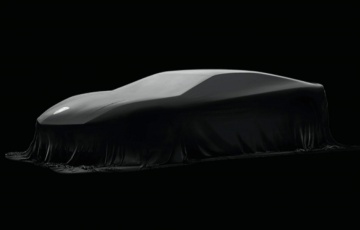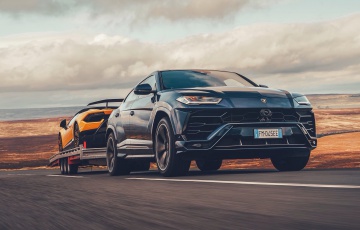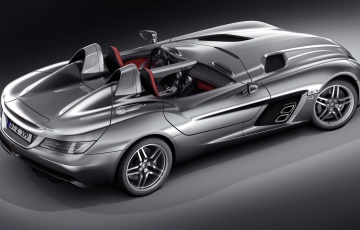Ferrari: naturally aspirated V12 is “the heart” of the company

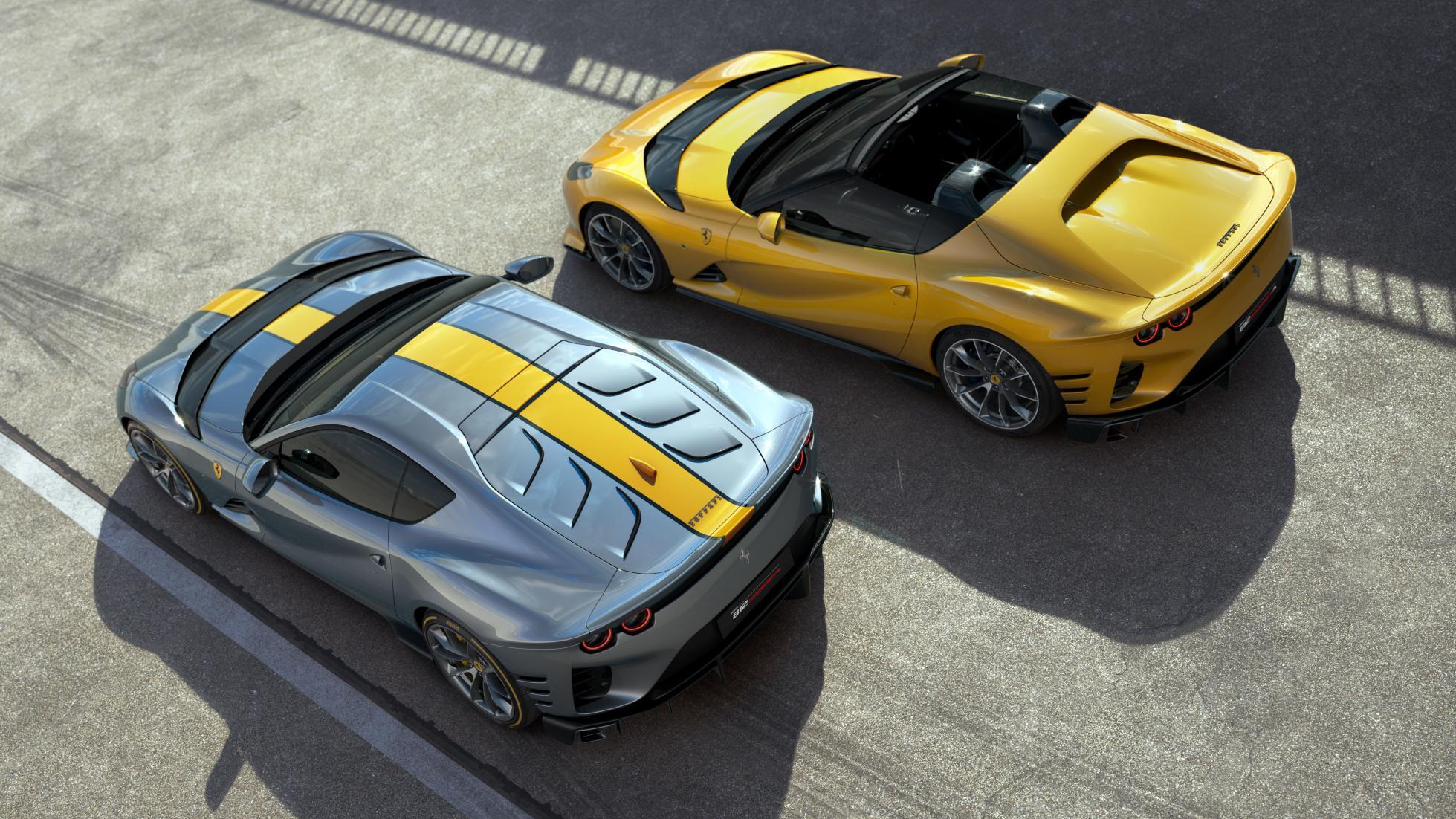
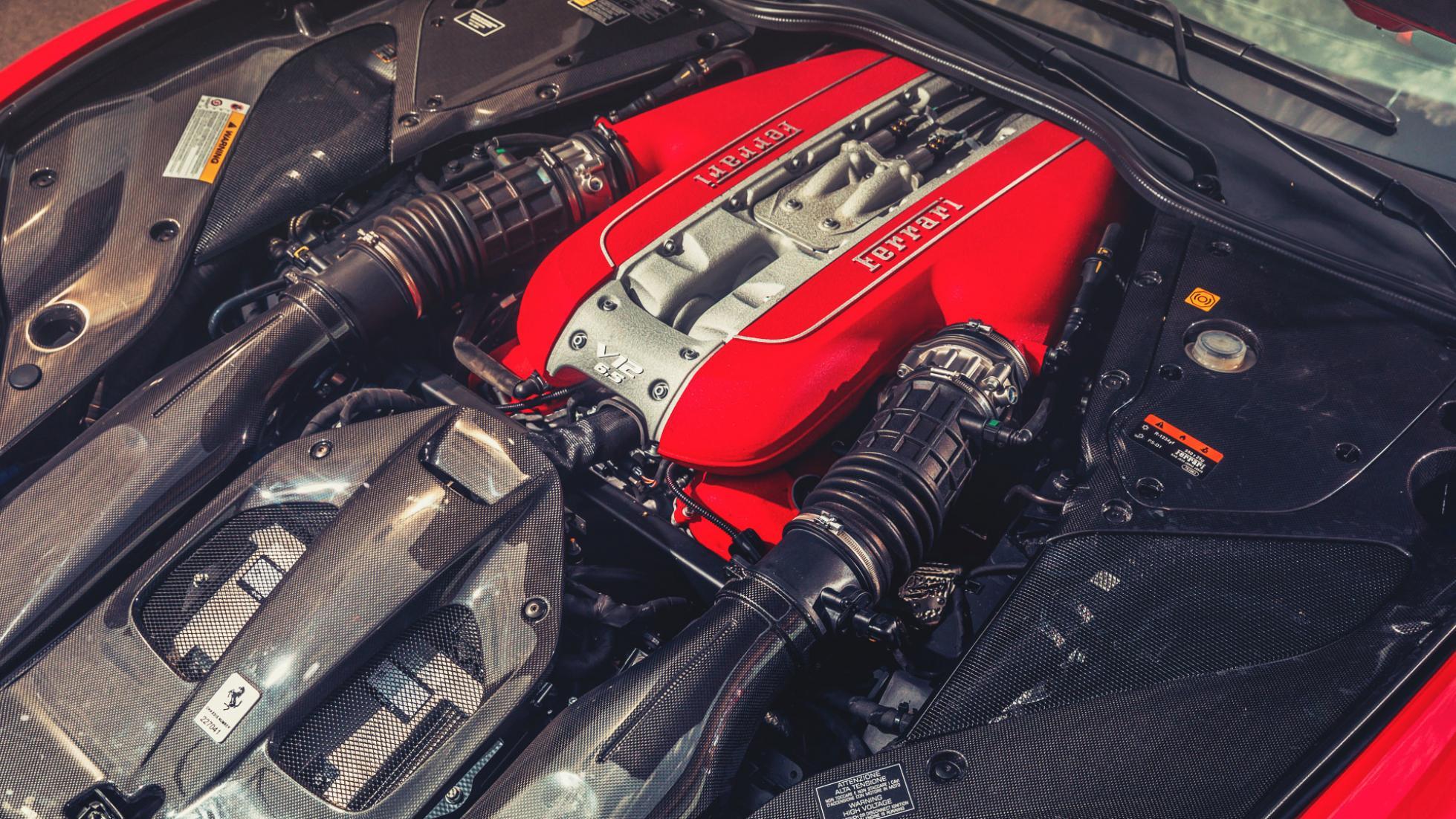
"I know that everyone wants to know about the future,” Enrico Galliera, Ferrari’s chief marketing and commercial officer laughs, “normally we talk about what we are doing today.”
‘Today’ represented the launch of the wild new Ferrari 812 Competizione and 812 Competizione A: a pair of naturally-aspirated, V12-engined limited series supercars. The ‘future’ though, represents something else entirely, Ferrari recently confirming its intention to build its first ever fully-electric supercar.
So, simple question then: is the 812 Competizione’s V12 the last big petrol engine before Maranello goes fully electric?
“The naturally-aspirated V12 is part of the history of the company,” Galliera told TopGear.com, “and is certainly the heart of Ferrari. So what we are doing, that we already did with this model, is to try and identify ways to keep it alive.”
That’s right, Ferrari’s hard at work to keep one of its key ‘pillars’ – the big V12 – gym-honed and ready for action. A quick glance at the modifications applied to the 812 Competizione’s V12 over the Superfast’s shows just how hard Michael Leiters – Ferrari’s chief technology officer – and his team worked.
There are redesigned pistons, titanium con-rods that are 40 per cent lighter, a diamond-like carbon (DLC) coating on the piston pins and a rebalanced, lighter crank. There are new cylinder heads, F1-tech for the cams (coated in DLC), a redesigned intake system (across manifold and plenum) and variable geometry inlet tracts. A lot of work has gone in to make it more powerful (830hp), and rev even faster and harder (9,500rpm).
And Leiters added that he’s confident there are a few more ‘stages’ left in this V12 for yet more performance. “Definitely we have to do a lot of research and development to maintain – as Enrico mentioned before – this pillar of Ferrari,” he said, noting the conflict between keeping the V12 alive and meeting ever-changing regulations.
“At the same time we are working to other technologies in order to make sure we are prepared for the future,” Galliera said. “We know how to make a normally-aspirated engine – a V12. We know how to make turbo engines – like the V8 in the F8. We know how to produce hybrid engines – like the SF90.
“So we have the technologies to decide what is going to be the best option for the future,” he added.
STORY Vijay Pattni






